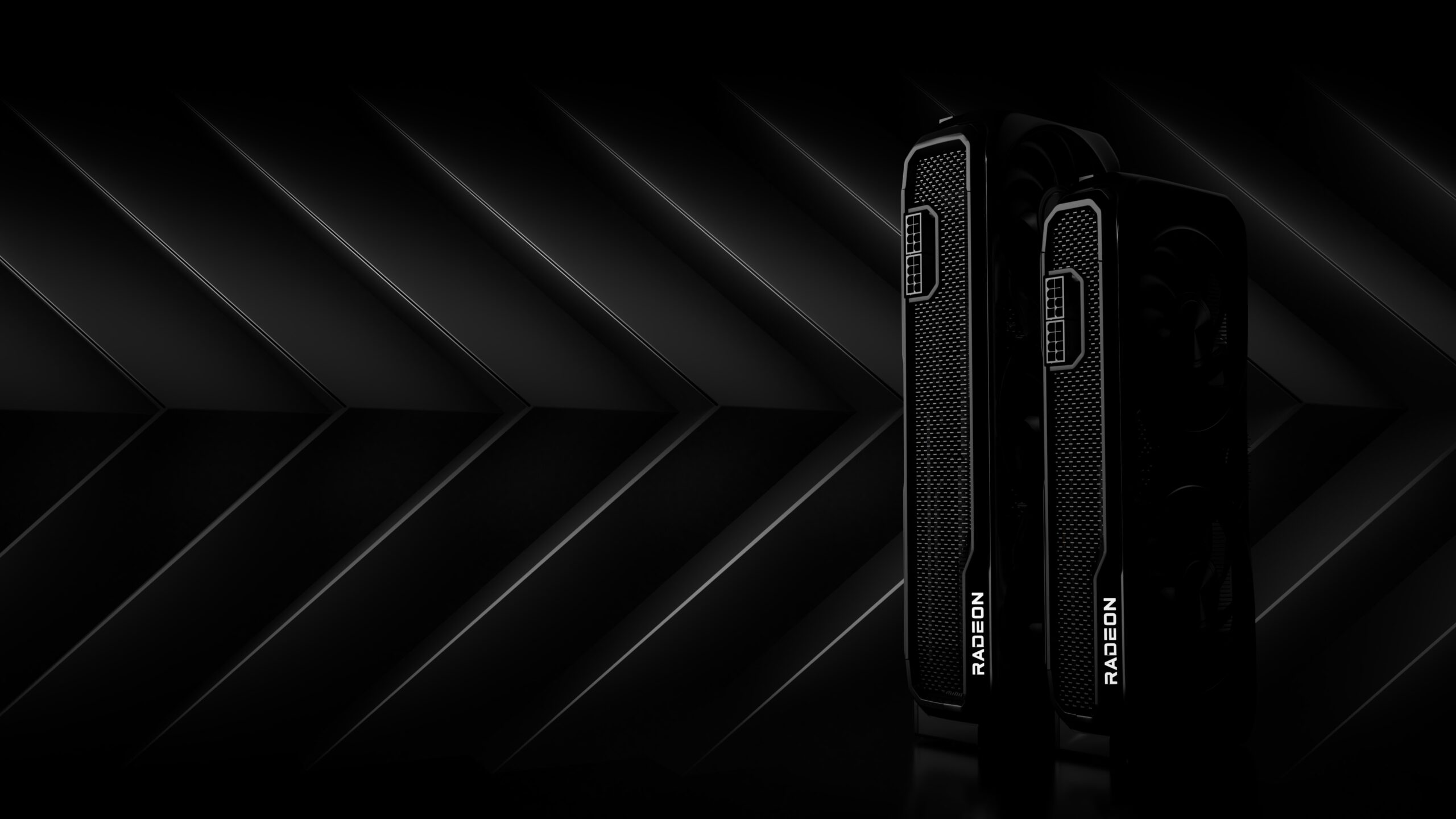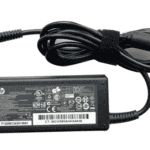AMD has revealed the pricing for its next-generation graphics cards, with the Radeon RX 9070 coming in at $549 and the more powerful RX 9070 XT at $599. These new RDNA 4 architecture GPUs will hit store shelves on March 6, 2025, just one day after Nvidia releases its RTX 5070. The timing sets up a direct competition between the two graphics card giants, giving gamers exciting new options to consider.
The RX 9070 XT boasts impressive specifications with 64 compute units (3584 cores), 128 ROPs, and 56 ray tracing accelerators. AMD claims the 9070 XT delivers 42% better performance at 4K Ultra settings compared to the previous RX 7900 GRE, which competed with Nvidia’s RTX 4070. This performance jump could make these cards attractive options for gamers looking to upgrade without breaking the bank.
For those watching the GPU market, these releases mark an important moment in the ongoing AMD-Nvidia rivalry. Both companies are launching their new mid-range offerings almost simultaneously, creating a perfect opportunity for consumers to compare performance, features, and value before making a purchase decision.
AMD Radeon RX 9000 Series Highlights:
- Models: RX 9070 XT ($599) & RX 9070 ($549)
- Memory: Both GPUs come with 16GB GDDR6
- Performance Gains:
- RX 9070 XT: 40% faster than RX 7900 GRE at 1440p
- RX 9070: 20% faster than RX 7900 GRE
- RDNA 4 Features:
- 3rd-Gen Ray Tracing Accelerators → 2x the throughput of RDNA 3
- 2nd-Gen AI Accelerators → 8x INT8 throughput
- AMD FidelityFX Super Resolution 4 (FSR 4) → Exclusive to RX 9000 series
- HYPR-RX Suite → Radeon Super Resolution, Fluid Motion Frames 2.1, Anti-Lag, Boost
- Radiance Display™ Engine → Supports DisplayPort 2.1a, HDMI 2.1b, 8K 144Hz, 12-bit HDR
- Power Consumption:
- RX 9070 XT: 304W
- RX 9070: 220W
- Availability: March 6, 2025, with partners like ASUS, Gigabyte, Sapphire, XFX, and more.
Key Takeaways
- AMD’s new Radeon RX 9070 and 9070 XT graphics cards will be available March 6 for $549 and $599 respectively.
- The 9070 XT offers up to 42% better 4K performance than the previous generation with improved ray tracing capabilities.
- The timing places AMD’s release just one day after Nvidia’s competing product, setting up a direct market showdown.
Technical Specifications and Performance
The new AMD Radeon RX 9070 and 9070 XT graphics cards bring significant upgrades with their RDNA 4 architecture. Both models offer improved compute power, expanded memory, and enhanced connectivity options that target high-performance gaming at 1440p and 4K resolutions.
Architecture and Compute Units
The Radeon RX 9070 XT features more compute units than its non-XT counterpart, with the XT version containing a full complement of RDNA 4 compute units. The RX 9070 XT reaches impressive boost clock speeds of up to 2.97 GHz, while the RX 9070 operates at a slightly lower frequency.
Both cards include dedicated RT Accelerators for ray tracing. The RX 9070 XT includes more RT Accelerators than the standard model, providing better raytracing throughput for realistic lighting and shadows in games.
The standard RX 9070 includes 56 RDNA compute units, 56 RT Accelerators, and 112 AI Accelerators, delivering 1165 peak AI TOPS (Trillion Operations Per Second). This represents a significant jump from previous generations.
AMD has optimized the Infinity Cache on these cards to reduce memory latency and improve bandwidth efficiency during gaming sessions.
Memory and Storage
Both the RX 9070 and 9070 XT come equipped with 16GB of GDDR6 memory, providing ample video memory for modern games and content creation applications. This memory capacity ensures gamers can handle high-resolution textures and larger game worlds without bottlenecks.
The memory runs across a wide interface that helps deliver the bandwidth needed for 4K gaming. The GDDR6 memory implementation balances power efficiency with performance.
AMD’s memory subsystem incorporates their Infinity Cache technology, which reduces the need to access the main VRAM as frequently, lowering latency and improving overall performance in real-world gaming scenarios.
The memory configuration provides sufficient bandwidth for demanding workloads including creative applications like video editing and 3D rendering.
Display and Connectivity
The Radeon RX 9070 series supports DisplayPort 2.1a, offering significantly higher bandwidth than previous generations. This enables support for higher refresh rates at 4K and 8K resolutions without compression.
HDMI 2.1b is also included, ensuring compatibility with modern TVs and monitors. The cards can drive multiple high-resolution displays simultaneously for productivity or immersive gaming setups.
Both cards feature PCIe 5.0 interface compatibility, doubling the bandwidth compared to PCIe 4.0. This futureproofs the cards for upcoming motherboards and helps prevent bottlenecks when transferring large amounts of data.
The display engine in the RDNA 4 architecture allows for features like AMD FreeSync Premium, which eliminates screen tearing and stuttering for smoother gaming experiences.
Market Position and Competitive Analysis
AMD’s new graphics cards strategically target the upper mid-range segment with aggressive pricing. The company aims to challenge Nvidia’s dominance by offering competitive performance at more accessible price points.
Pricing Strategy
AMD has positioned the Radeon RX 9070 XT at $599 and the RX 9070 at $549, making them attractive options for gamers seeking high performance without breaking the bank. These price points are notably lower than Nvidia’s RTX 5070 Ti, giving AMD a significant advantage in the price-to-performance ratio.
The $549 entry point for the RX 9070 targets gamers who want excellent 1440p gaming performance without paying premium prices. This strategy mirrors AMD’s previous approach with the RX 7900 GRE, which also launched at $549 but had limited availability.
Both cards will be available on March 6, 2025, just one day after Nvidia’s RTX 5070 launch. This timing is no coincidence – AMD clearly wants to capture potential buyers who might be considering Nvidia’s latest offerings.
Comparison with Competitors
The RX 9070 XT delivers 42% better performance at 4K resolution and 38% improvement at 1440p compared to the RX 7900 GRE. These numbers put it in direct competition with Nvidia’s RTX 4070 and potentially the new RTX 5070.
AMD’s pricing is particularly aggressive when compared to Nvidia’s lineup. The RX 9070 at $549 costs about 25% less than the GeForce RTX 5070 Ti while promising comparable performance. This creates a compelling value proposition for gamers.
The mid-range GPU market has become fiercely competitive. Nvidia maintains an edge in ray tracing and AI features, but AMD counters with better raw performance per dollar. For consumers focused on traditional gaming at 1440p resolution, the RX 9070 series offers strong value.
AMD seems confident in its supply chain, with the cards expected to have good availability at retailers upon launch. This contrasts with Nvidia’s reported supply challenges with the RTX 5000 series.
Frequently Asked Questions
Here are answers to common questions about AMD’s new graphics cards launching on March 6, 2025. These cards offer significant performance upgrades at competitive price points.
What are the main differences between the Radeon RX 9070 and the RX 9070 XT?
The RX 9070 XT offers more computing power than the standard RX 9070, with a $50 price difference between them ($599 vs $549).
The XT model typically features more compute units, higher clock speeds, and potentially more VRAM. These improvements result in better frame rates and smoother gameplay, especially at higher resolutions.
Benchmark tests suggest the XT variant provides approximately 10-15% better performance in most games and applications.
What performance improvements can be expected from the Radeon RX 9070 series compared to previous models?
AMD’s new RDNA 4 architecture delivers significant performance gains over previous generations. According to AMD, the RX 9070 XT shows a 42% improvement in 4K Ultra settings compared to the RX 7900 GRE.
At 1440p resolution, users can expect around 38% better performance than the previous generation. These improvements make the cards excellent options for gamers seeking high refresh rate gameplay.
The standard RX 9070 likely matches or exceeds the performance of the previous RX 7800 XT while maintaining a similar price point.
Are the Radeon RX 9070 and 9070 XT suitable for 4K gaming?
Yes, both cards can handle 4K gaming, though with different capabilities. The RX 9070 XT performs better at this resolution, delivering smooth framerates in most modern titles at high settings.
The standard RX 9070 can also run 4K games, but users might need to adjust some graphics settings downward in demanding titles to maintain 60+ FPS. Both cards excel at 1440p gaming, which remains their sweet spot for performance.
For competitive gamers, these cards can drive high refresh rate monitors at 1080p and 1440p resolutions.
What type of cooling solutions are included with the AMD Radeon RX 9070 and 9070 XT?
The reference models from AMD typically feature dual or triple-fan designs with vapor chamber cooling technology. These solutions effectively manage heat while maintaining acceptable noise levels.
Partner cards from manufacturers like XFX offer various cooling options, from basic dual-fan designs to premium triple-fan setups with larger heatsinks. Some models include zero RPM fan modes that keep the card silent during light workloads.
Premium models may feature RGB lighting, metal backplates, and enhanced VRM cooling for better overclocking potential.
How does the AMD Radeon RX 9070 series compare with the competition in the same price range?
The RX 9070 series directly competes with NVIDIA’s RTX 5070, which releases just one day earlier on March 5, 2025. AMD’s pricing strategy positions these cards competitively at $549 and $599.
Early performance data suggests the RX 9070 series offers comparable raw gaming performance to its NVIDIA counterparts while potentially providing better value. AMD cards typically excel in rasterization performance, while NVIDIA often leads in ray-tracing and AI features.
The direct timing of these releases creates an interesting situation for consumers, who can compare real-world benchmarks before making a purchase decision.
What warranty and customer support options come with the purchase of a Radeon RX 9070 or 9070 XT?
AMD’s reference cards include a standard 2-year limited warranty covering manufacturing defects. Partner cards from manufacturers might offer extended warranty periods of up to 3-4 years.
Warranty coverage typically includes replacement or repair of defective cards. Some premium models from partner brands offer additional benefits like advanced RMA services or extended warranty options.
Customer support channels include online ticketing systems, email support, and phone support depending on the region and specific manufacturer.







